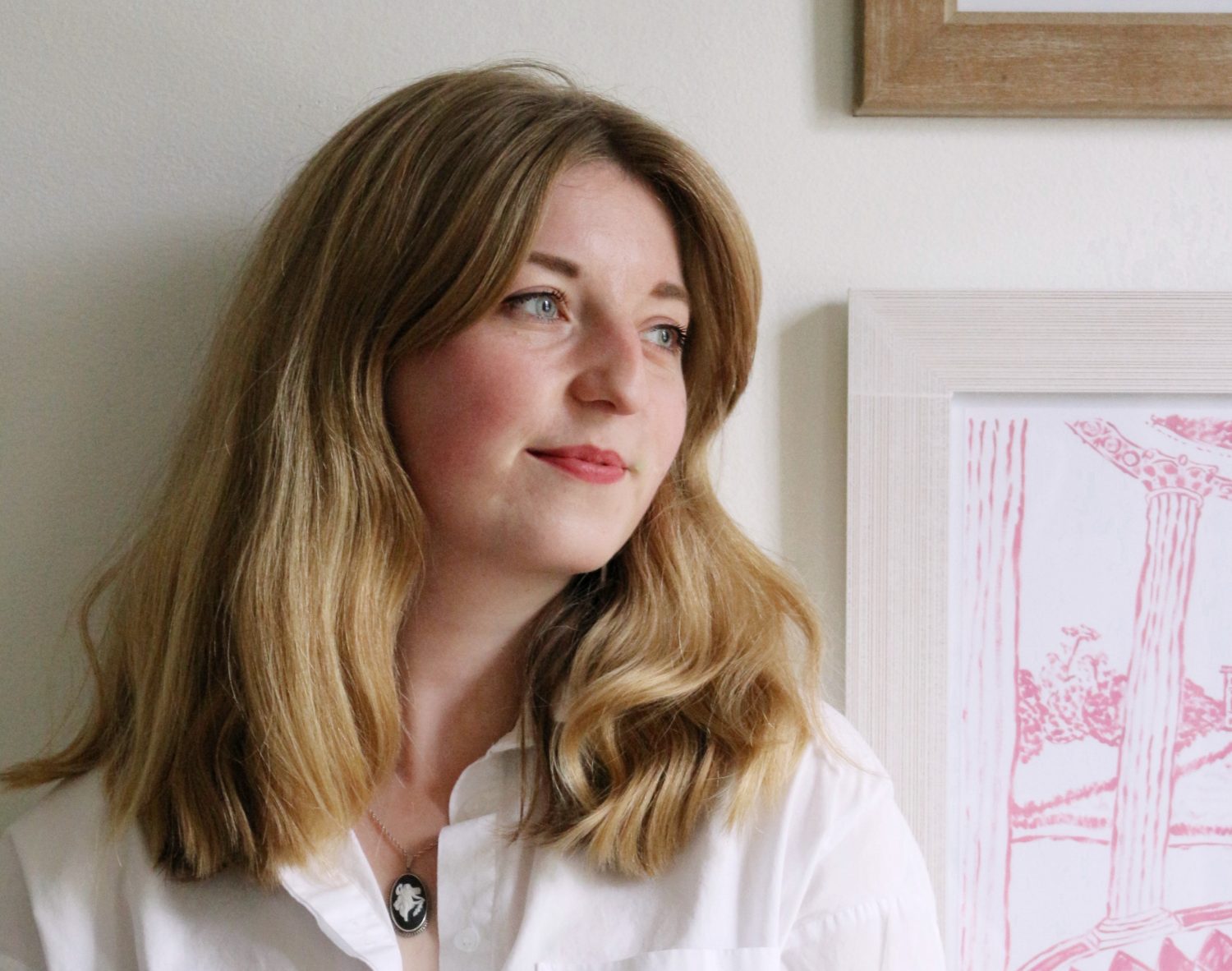To celebrate – finally! – the release of the second half of season 3 of Bridgerton, in which I’m hoping our lovely heroine Penelope Featherington gets her happy ending, let’s talk about one of Penelope’s favourite activities: reading.
Her mother makes her pretend in front of Lord Debling that she doesn’t understand the book she has been reading, and mocks her for having her nose in a book. Her former best friend Eloise Bridgerton had an argument with her sister Daphne in season 1 over how much she loves to read: but what exactly were women reading in the eighteenth and early nineteenth centuries?
Reading was recognised as a good activity for women: Mary Wollstonecraft vouched for it in her 1787 book Thoughts on the Education of Daughters, saying books would increase knowledge and improve taste. Eliza Heywood wrote in The Female Spectator that reading was one of the most improving amusements out there.
Of course, it was not believed by all that women should read with complete freedom in a library: so many put pen to paper asking questions about how much women should read, what they could read and what they should not read.
Often the issue was access, and the people around women who controlled what books women could read. However, some women actively purchased books, recommended titles to each other, borrowed from lending libraries and gifted books, and collaborated with both men and women in their lives.
Jane Austen was given complete freedom in her father’s library of over 300 books, which was deemed quite rare.
So what was in a real library that belonged to a woman? Mary Montagu was a daughter of the second Duke of Montagu, and when he died, she and her husband George Brudenell inherited the title. So, this is a Duchess’s collection that I’m talking about, that she collected in her library at Montagu Villa at Richmond – which unfortunately no longer exists – so it is a little out of the ordinary. But the Duchess’s library had 377 titles that covered poetry, classical literature, religion, travel, art and collecting, novels (including Gulliver’s Travels and Robinson Crusoe), music, natural sciences, biography and memoir and, perhaps above all, history.
Though the subjects girls were encouraged to study and take an interest in were often wide-ranging, even advocates of female education tended to discourage learning in the classics or abstract sciences.
History was often recommended and deemed less frivolous than a novel. This didn’t stop many women proudly eating up many popular novels of the day, with Jane Austen herself commenting in Northanger Abbey that the person, be it gentleman or lady, who does not find pleasure in a good novel must be intolerably stupid.
It seems our Bridgerton heroine, Miss Featherington, feels the same!


My other half’s away for a few days so we shall have to wait a bit before we can binge on the second half of the series! But it’s not not to disagree with Austen’s description of non-readers as “intolerably stupid” – not those who genuinely find reading difficult, of course, but those who spurn the habit of reading, especially of fiction: so many who publicly disdain it I find seem to be among those who lack compassion, empathy and common decency.